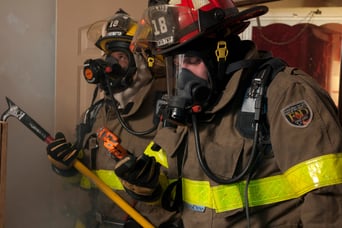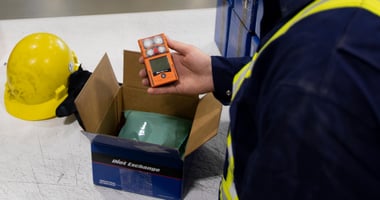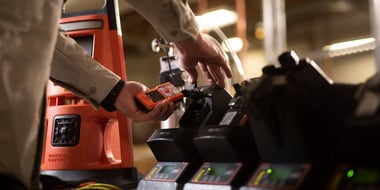Your workers are depending on you to make sure the gas detectors they rely on each day are working properly and will alert them to potential hazards. Because of this, your job is incredibly important—but it can also be challenging, and often overlooked until there’s a serious problem.
It can be difficult to know when there is an issue, what the issue is, how long it could take to fix it, how much it will cost, and more. Maintenance quickly becomes a costly headache, especially when you need to keep extra gas monitors and spare parts on-hand.
When time is limited and critical repairs take precedent, it’s not unusual for routine gas detector maintenance to be postponed. In fact, our iNet Control database shows the unfortunate truth that just 20% of users bump test each day. This is concerning, to say the least.
While bump tests and calibrations are not challenging or time consuming, it can be tough to carve out time in your schedule when countless other tasks compete for your attention. The busier your days, the harder it is to devote time to something that worked just fine yesterday.
However, gas detector maintenance and repair are critical to worker safety, so it’s important to find an efficient and effective maintenance plan. Below are some of the ways you can simplify gas detection maintenance, no matter how big or small your program:
1. Schedule Manual Maintenance Windows
Some companies schedule maintenance into the work week to ensure monitors get the attention they need. Consider implementing mandatory calibrations in the morning on the first work day of the month. While this process requires a larger time investment on maintenance day, it ensures that all monitors are calibrated at the recommended frequency, giving you peace of mind that monitors will alert workers to dangerous gases.
Best for: companies with few gas monitors and simple gas detection needs.
2. Install Docking Stations
The popularity of docking stations has skyrocketed in the last few years for good reason: they automate routine gas detection maintenance. Docking stations are complete instrument management systems that automatically bump test, calibrate, and collect valuable data. They make it easy to access accurate records, so you can be sure that gas detectors are maintained properly and you’re in compliance.
Best for: companies that can handle gas detector repair, but need to reduce the time spent on day-to-day maintenance.
3. Subscribe to a Gas Detection Service
In a full-service, subscription-based service program like iNet® Exchange, you lease gas detectors and pair them with docking stations to automate routine maintenance and eliminate repairs. When a docking station senses a decline in a monitor’s performance, it automatically orders a replacement device to eliminate instrument downtime and the hassle of warranty claims. Once you receive the replacement monitor, you send back the old one.
Best for: companies that want a full-service program to eliminate gas detector maintenance and repair, downtime, logistics, and unexpected costs.
Nobody loves spending time and money to maintain gas detectors, but the investment delivers the most valuable return of all: a safe workplace. With several maintenance options that can help you reduce or even eliminate the pain associated with gas detector maintenance, it’s easier than you think to keep your program running smoothly.



